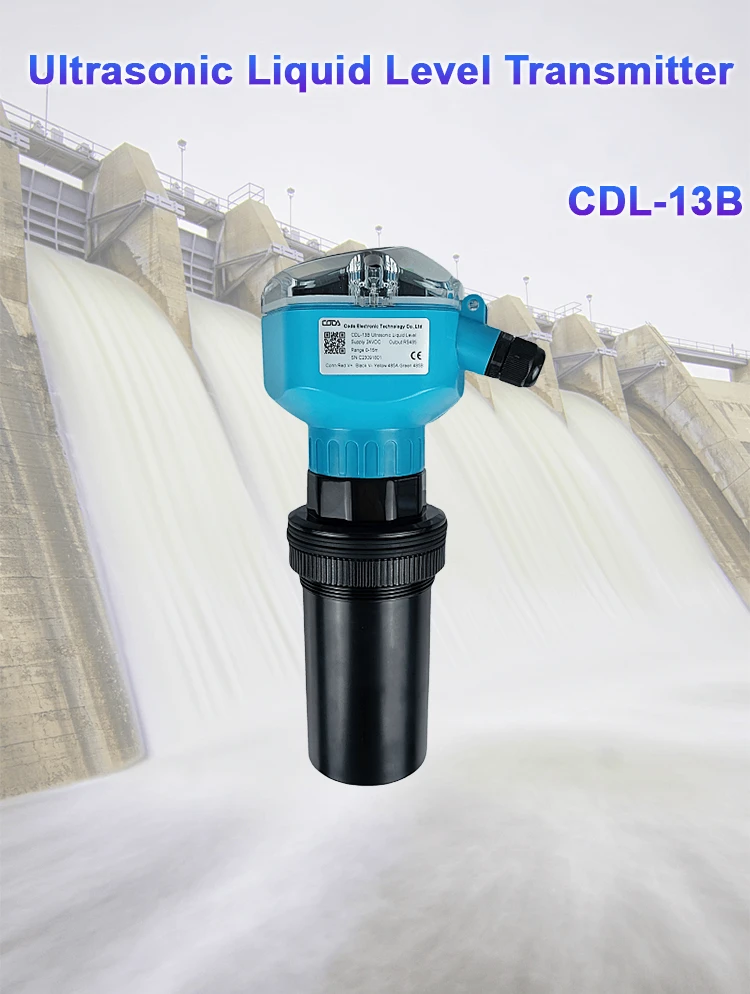Investigating Different Water Level Sensor Types and Their Uses
Water level sensors are useful tools. They measure water or fluid levels in many situations. These devices come in many types. Each type is designed to meet the specific needs of different places and industries.This overview explores the different types of water level sensor and how they are used.
There are many types of sensors. These include capacitive, ultrasonic, pressure transducers, float switches, and optical solutions.Each type has its own benefits and features. Finding out more about these options will help you pick the best sensor for your needs.
**Capacitive Sensors: Practical and Versatile**
Capacitive sensors measure how high the water is. They do this by sensing changes in capacitance when fluid levels go up and down. These sensors have two electrodes. One sends an electrical signal, and the other gets it.
As the water level changes, the capacitance changes too. This helps us take accurate measurements. Capacitive sensors work well in places like industrial tanks, water treatment plants, and irrigation systems. They are both flexible and reliable.
**Ultrasonic Sensors: Precision Through Sound Waves**
Ultrasonic sensors use sound waves to measure how far the device is from the water surface. These sensors send out high-pitched sound waves. The waves hit the water’s surface and come back to the device.
The system tracks how long it takes for the waves to come back. This helps it find the water level correctly. Ultrasonic sensors are often used in water wells, storage tanks, and flood management systems. They are popular because they are accurate and non-invasive.
**Pressure Transducers: Dependable for Depth Measurement**
Pressure transducers measure water levels by sensing the pressure from the water above the sensor. A flexible diaphragm reacts to changes in pressure.
It makes an electrical signal that shows the water level. This method is quite dependable. It is widely used in boreholes, deep wells, and city water supply systems.
**Float Switches: Simple Yet Effective**
Float switches act as sensors for water levels. They use a float that moves up or down with the water level. When a certain point is reached, the float turns on a switch.
This switch sends a signal about the level of the fluid. Float switches are easy to use and built to last. They are often found in sump pumps, water tanks, and wastewater plants.
**Optical Sensors: Modern Precision Measurement**
Optical water level sensors employ infrared or laser beams to accurately gauge water levels. These sensors send light beams to the ground. They watch how reflections change when water levels go up or down.
This gives precise measurements. Optical sensors are common in places such as aquariums, pools, and water treatment systems. They are known for their efficiency and modern technology.
conclusion
Each type of water level sensor provides solutions based on the needs of the application. Capacitive sensors are great for tank management and irrigation. Ultrasonic solutions provide precise monitoring for storage and emergencies. Pressure transducers give precise measurements for deep water sources.
Float switches are cheap and helpful devices. Optical systems play a key role in entertainment and industry. Choosing the right sensor can make operations more efficient and reliable.
Hunan Coda Electronic Tech Co., Ltd has been in business for many years. They want to find new solutions for customers all over the world. They provide effective OEM sensor technologies. Check out Coda Sensors to learn about their advanced solutions for sensor and environmental monitoring systems.
Coda Sensors gets great reviews from users all over the world. They are well-known for their quality and creativity in their field. Contact us today with your questions. Our team would be happy to help you!
